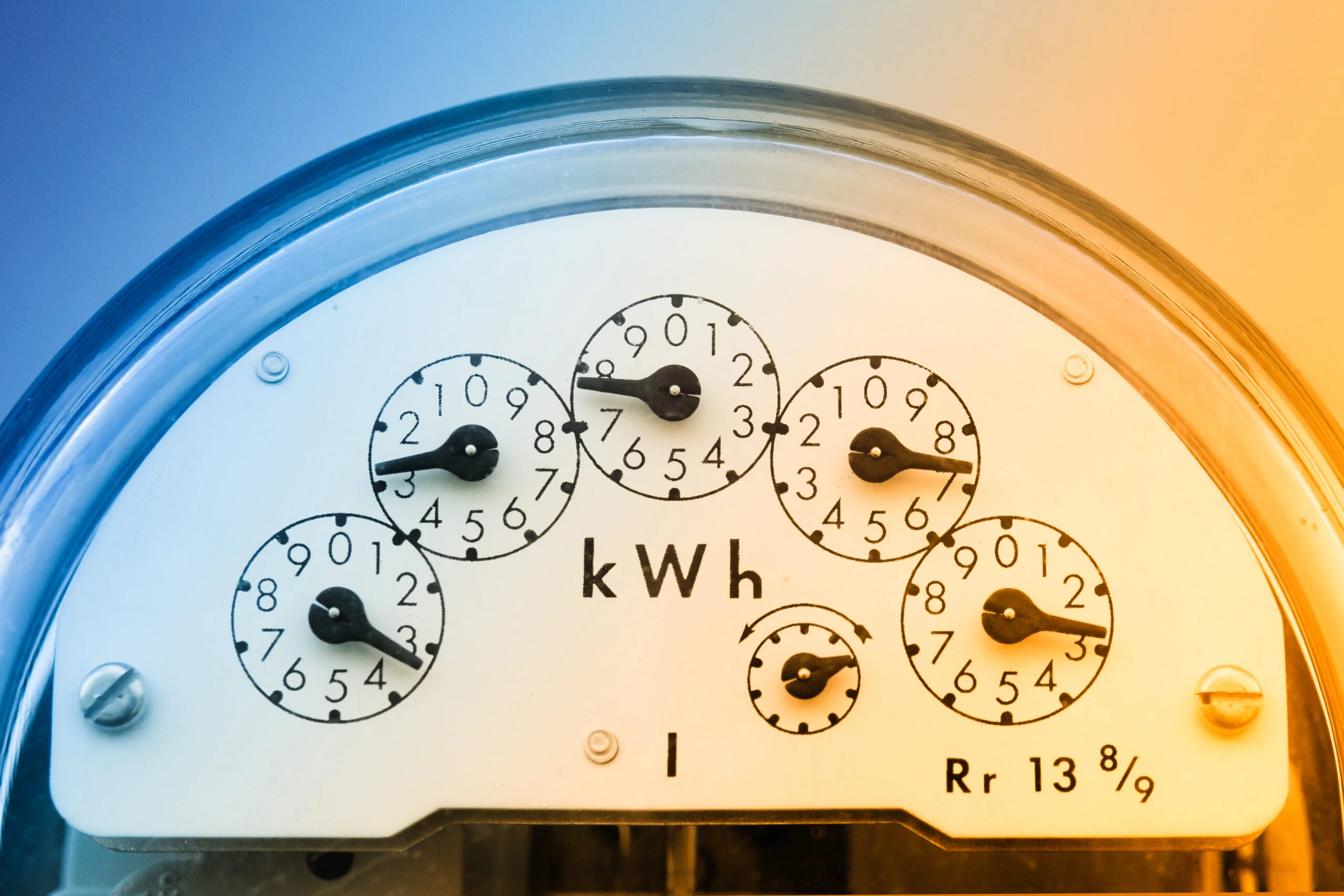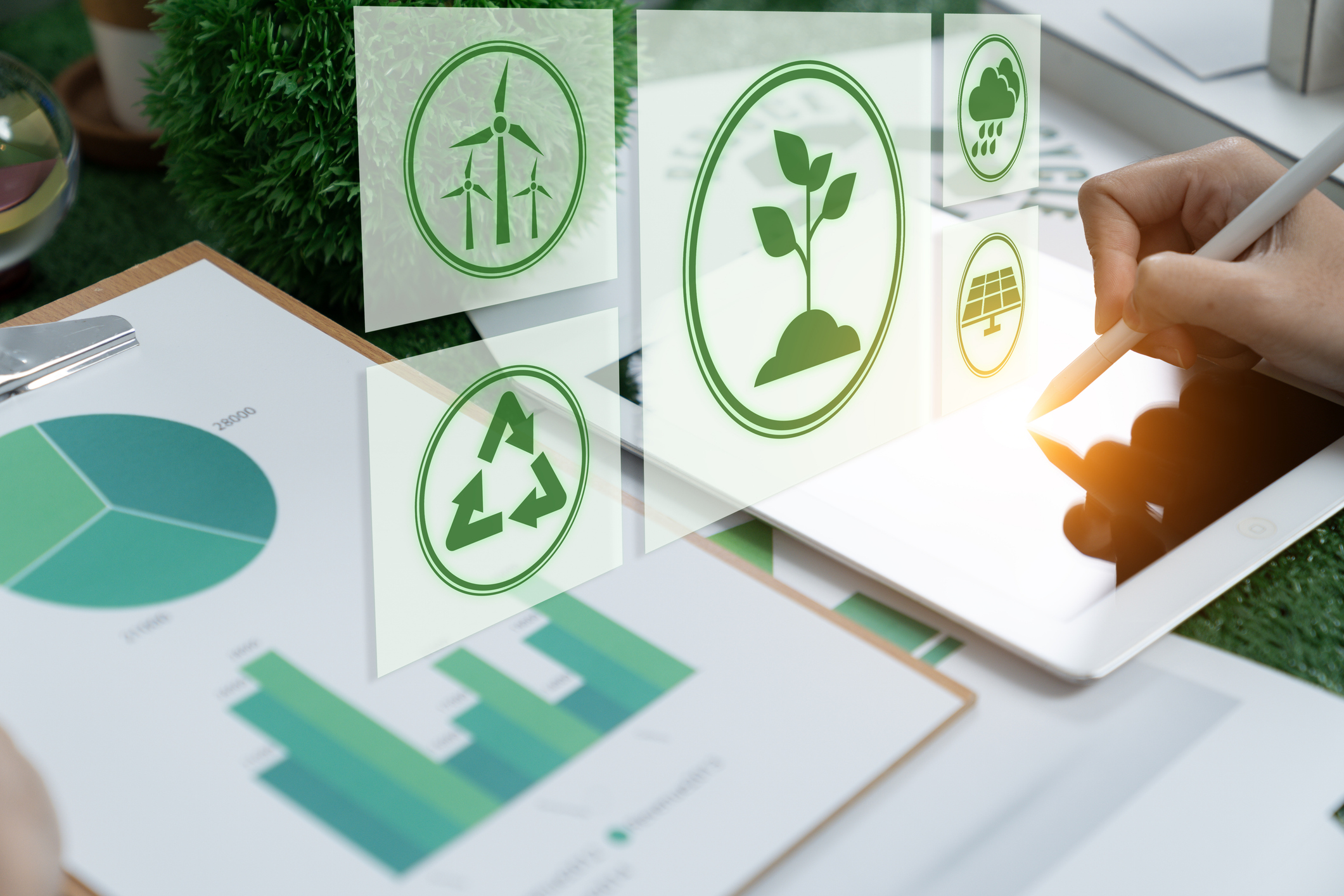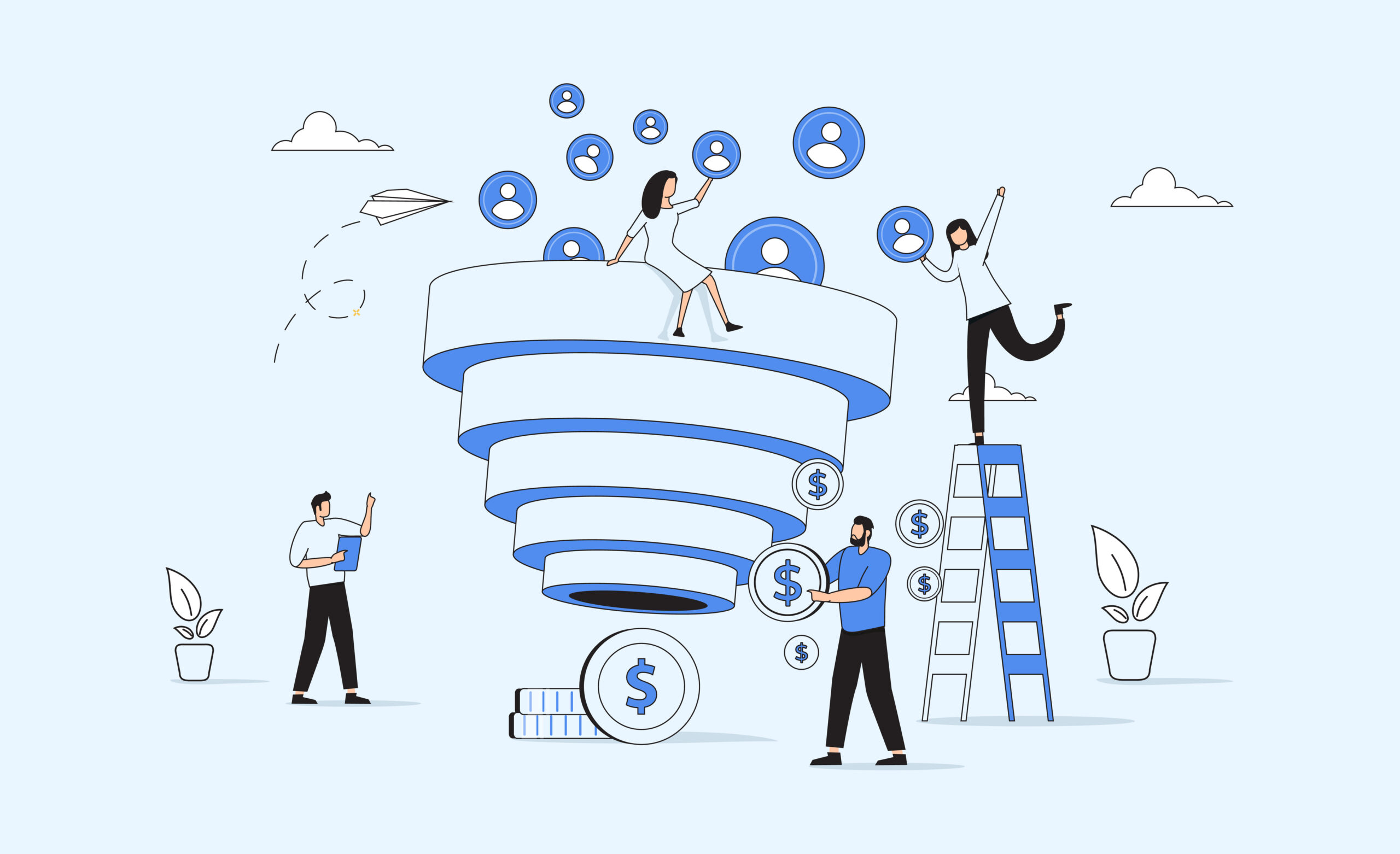Over the past decade, the number of smart meters in the United States has grown from less than 60 million to roughly 130 million, representing an 80% penetration rate. At the same time, smart home devices—particularly smart thermostats—have gone from a nascent industry to commonplace in American households.
One result of this transformation has been the expansion in the amount of energy usage data now available to American consumers via online portals, mobile apps and other channels. To assess whether consumers are engaging with this data – and whether they’re finding it useful in meeting their energy goals – the Smart Energy Consumer Collaborative (SECC) recently conducted a nationally representative online survey with 1,500 respondents.
Understanding consumers’ preferences around their usage data can be a key to unlocking participation in programs, such as behavioral demand response, that can be beneficial for the power grid, help meet decarbonization goals and provide other benefits. In addition, many of today’s consumers want more transparency from their electricity providers, and providing access to usage data – in a way that’s understandable and actionable – can build rapport between consumers and providers and potentially increase overall customer satisfaction.
Here are three notable findings from SECC’s recent survey that can help electricity providers better understand consumers’ needs and wants around their energy usage data.
1. Consumers Say That They Are Accessing Their Usage Data
Accenture’s finding that consumers only spend eight minutes per year interacting online with their utilities (that’s just 40 seconds per month) was a commonly recited axiom for years in the industry; however, the new research suggests that those days are long gone. About two-thirds of today’s consumers (63%) are aware that they have access to home energy reports or other formats of usage data, and nearly all of these consumers (94%) are viewing their data with some frequency.
Surprisingly, there’s less discrepancy among these usage reviewers between SECC’s consumer segments than one might expect, suggesting that once consumers have access to their information, they tend to find it valuable on some level. Over half of Comfort Seekers (55%) that are aware of having access to their data are viewing it at least monthly, which is about on par with the Simply Sustainable and Trusting Traditionalist segments.
About two-thirds of Green Pioneers (67%) and three-quarters of Connected Pragmatists (72%) are viewing their data at least monthly. While these segments would be expected to have the most engagement, it is notable that the Pragmatists, a younger, more tech-savvy segment, are checking their usage data the most – only two percent of those aware of their access say that they never view this information.
2. Consumers Who Don’t Have Access are Interested in Viewing this Data
As noted, just under two-thirds of today’s consumers say that they have access to home energy reports or another format of their home energy usage. But, for the remaining third that don’t have access, there’s strong interest in gaining access and viewing these reports; 71% of consumers that don’t currently have access say that they would be either somewhat or very likely to view this information.
– Nathan Shannon, President & CEO, Smart Energy Consumer Collaborative (SECC)
Again, even with the Comfort Seekers, the 12% of the U.S. population that’s focused on their own comfort and isn’t particularly interested in energy efficiency, 57% said that they would be likely to view this data if they had access. With the Simply Sustainable and Connected Pragmatists, about three-quarters say that they would likely view this data (72% and 74%, respectively), while 85% of the Green Pioneers who don’t have access say that they would likely view this data if they could.
3. Consumers Are Overwhelmingly Finding This Data To Be Useful
Finally, the vast majority of consumers who have access to their energy usage data are finding it useful: 91% of consumers across the five segments say that it’s either somewhat or very useful. This includes 83% of the Comfort Seekers and 89% of the Trusting Traditionalists, an older segment that tends to not be very tech-savvy but sees their electricity providers as reliable, trusted entities.
As expected, the Connected Pragmatists and Green Pioneers – two consumer segments that are both tech-savvy and have environmental values – are the most likely to report finding this information useful, with 53% of the Pragmatists and 49% of the Pioneers saying that it’s “very useful”. The other three segments tend to be more likely to say that their energy usage data is somewhat useful.
When asked what benefits they have seen since they’ve started reviewing their energy usage data, consumers say that they understand their bills better now (58%), that they have saved money (42%) and that they now know what uses the most electricity in their homes (34%). Twenty percent have also said that they have reduced their carbon footprints, while only 14% said that they have not seen any benefits.
Energy Usage Data Conclusion
SECC’s latest research clearly demonstrates that many Americans are accessing their energy usage data via apps or web portals and that they’re using this data to become more empowered, smarter energy consumers. And those that don’t currently have access are overwhelmingly interested in viewing this data – especially tech-savvy consumers.
For electricity providers, enabling access to actionable, useful energy data can be an excellent step in not only building meaningful connections with customers, but also developing and expanding programs that can be beneficial for the electric grid, environment and community.
Moving forward, providers have opportunities to increase access for the one-third of consumers who don’t have access, while also improving the actionability of the data that customers are already seeing. These initiatives could lead to increased customer satisfaction, greater enrollment in demand flexibility programs like demand response, EV managed charging, or virtual power plants, as well as energy efficiency programs and other many benefits for electricity providers, consumers and their communities.





